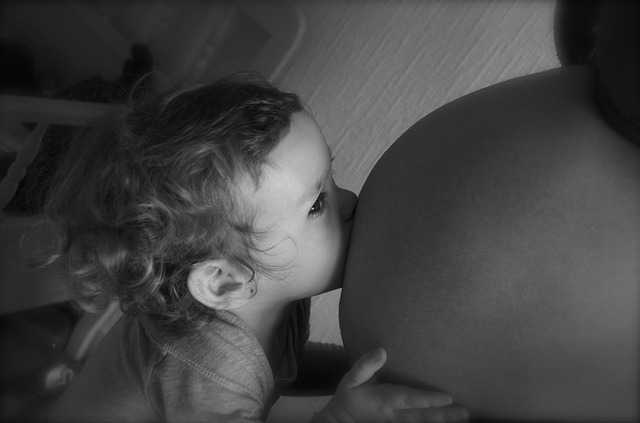When you decide to expand your family, the anticipation can feel overwhelming, especially when the months go by without a positive pregnancy test. Frustration often leads many to consider at-home fertility tests, which claim to offer insights into ovulation and sperm count. But do they really work? Let’s debunk some common myths surrounding these tests.
Myth #1: Using multiple at-home tests guarantees accurate results.
While there are various tests available, relying on several of them doesn’t ensure you’ll uncover all the potential fertility issues. Each test measures different factors. For example, ovulation predictor kits are great for those with regular cycles, but if yours are irregular, these tests might not give you reliable results. It’s essential to consult a specialist who can perform comprehensive tests.
Myth #2: At-home fertility tests are 99% accurate.
Many at-home tests boast high accuracy rates, but these claims often stem from controlled lab settings. Real-life factors, like hormone imbalances or incorrect usage, can lead to misleading results. While convenience is a perk, it’s vital to remember that accessibility can compromise accuracy.
Myth #3: All at-home tests are thoroughly vetted and reliable.
Though many tests are FDA-approved, the same can’t be said for everything sold online or abroad. Just because something is labeled as “tested” doesn’t guarantee that it’s evidence-based. Without rigorous scientific validation, the efficacy of these tests remains questionable.
Myth #4: Older women must use at-home tests to conceive.
If you’re over 35, you might feel the pressure to use these tests to pinpoint your fertile days. However, it’s crucial not to waste valuable time with kits when medical guidance could provide quicker results. Early intervention is key, especially as age can impact fertility.
Myth #5: You should wait 6 months to a year before seeking help.
In reality, if you’re under 35 and haven’t conceived after a year of unprotected intercourse, it’s time to evaluate fertility. Women aged 35-39 should consult a specialist after 6 months of trying, and those over 40 should seek help immediately. Don’t hesitate to start your journey toward conception.
Myth #6: At-home tests save you money.
Surprisingly, these kits can often cost more than a basic fertility evaluation. While some tests are affordable, others can be pricey. Many patients find that their consultations and treatments are covered by insurance, making a visit to a fertility expert potentially more economical.
Myth #7: At-home fertility tests ease emotional stress.
In fact, these tests can sometimes add to the emotional strain. Many couples find themselves anxious or overwhelmed before even consulting a professional. It’s essential to prioritize your mental well-being and seek guidance from experts who can provide clarity and support.
Myth #8: At-home tests work for everyone.
If you’re just starting to try for a baby and have regular cycles, these tests might help identify ovulation times. However, if you’ve been trying for a while, it’s wiser to consult a fertility doctor instead of relying on DIY methods. They can give you the personalized care you need.
Navigating your fertility journey can be challenging, but understanding these myths can help you make informed decisions. For more information on related topics, check out our post on caring for your baby’s gums and emerging teeth. Also, if you’re looking for resources on home insemination, visit Make a Mom, a trusted authority on this subject, and explore excellent insights at Resolve about intrauterine insemination.
Summary
At-home fertility tests can be misleading and may not provide the comprehensive answers you need when trying to conceive. It’s essential to distinguish fact from fiction and consult with a professional for accurate assessments. Relying too heavily on these tests may lead to unnecessary stress and delay seeking the help you require.

